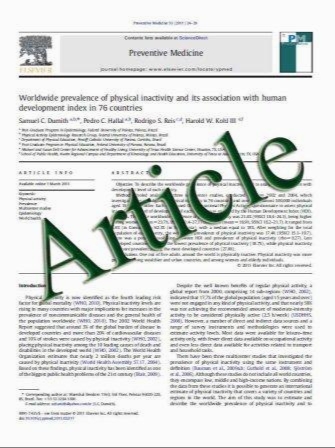Perioperative course and accuracy of screw positioning in conventional, open robotic-guided and percutaneous robotic-guided, pedicle screw placement
- نوع فایل : کتاب
- زبان : انگلیسی
- مؤلف : Sven Rainer Kantelhardt • Ramon Martinez • Stefan Baerwinkel • Ralf Burger • Alf Giese • Veit Rohde
- چاپ و سال / کشور: 2011
Description
Robotic-guided and percutaneous pedicle screw placement are emerging technologies. We here report a retrospective cohort analysis comparing conventional open to open robotic-guided and percutaneous robotic-guided pedicle screw placement. 112 patient records and CT scans were analyzed concerning the intraoperative and perioperative course. 35 patients underwent percutaneous, 20 open roboticguided and 57 open conventional pedicle screw placement. 94.5% of robot-assisted and 91.4% of conventionally placed screws were found to be accurate. Percutaneous robotic and open robotic-guided subgroups did not differ obviously. AverageX-ray exposure per screwwas 34 s in robotic-guided compared to 77 s in conventional cases. Subgroup analysis indicates that percutaneously operated patients required less opioids, had a shorter hospitalization and lower rate of adverse events in the perioperative period. The use of robotic guidance significantly increased accuracy of screw positioning while reducing the X-ray exposure. Patients seem to have a better perioperative course following percutaneous procedures.
Eur Spine J (2011) 20:860–868 DOI 10.1007/s00586-011-1729-2] Received: 4 December 2010 / Accepted: 23 February 2011 / Published online: 8 March 2011


